Eight Pet Behaviour Myths
Think you know your pet well? Think again! Understanding the reasons for our animal companion’s behaviour is the first step towards managing inappropriate behaviour and building a healthy and happy relationship with it. And now that we are staying indoors most of the time with our pets, you have even more time to observe their behaviours.
Here are eight common misconceptions many owners have about their pets’ behaviour.
1. My dog is feeling ‘guilty’
Looking guilty? But can your dog feel guilt? Studies suggest that it cannot.
Photo credit: Chong Qi Ai
Whale eyes, flattened ears, lowered head and body posture — these are classic signs of ‘guilt’ according to many dog owners. But can dogs really feel an emotion as complex as guilt? Studies suggest that they cannot.
Instead, dogs learn that punishment often follows doing something wrong. What we perceive as ‘guilty’ behaviour is actually a collection of signs of appeasement performed with the purpose of defusing conflict.
Dogs are masters of body language and are able to pick up on subtle cues from their owners, such as pointing, tone of voice or even facial expressions, associating them with punishment.
There is evidence that signs of appeasement are accompanied by negative emotional states like fear and stress, which can affect their emotional well-being. Instead of punishing your dog when it does something wrong, why not try ignoring it and rewarding it for desirable behaviour?
2. Aggression in dogs
How many times have you heard, “Your dog growls at you because he’s trying to establish dominance over you, as the alpha leader of the pack?”
Dogs can show aggression such as growling, snapping and biting for a variety of reasons. They could be fearful and threatened by something in the environment or they could be protecting food or their territory.
Research has shown that dog aggression can no longer be explained by “dominance theory”, as their social behaviour has evolved greatly from the time Grey Wolves were domesticated. Consequently, employing techniques such as pinning or the alpha roll to establish dominance to treat behaviours motivated by fear and anxiety would not only fail to target the root cause of the behaviour, but will be perceived by your dog as a form of punishment. This creates fear and in certain cases may escalate aggressive behaviour, worsening the issue at hand.
To treat dog aggression, it is important to find a qualified canine behaviourist using evidence-based training methods to help you and your dog. Aggression could also be due to a medical issue like chronic pain, so visit a veterinarian to help rule this out.
3. My dog likes to be hugged
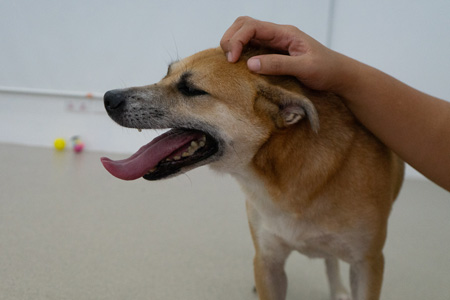
Dogs generally find hugging uncomfortable, so why not show them affection by stroking, petting or praise instead?
Hugging is a very human way of showing affection to our loved ones. Is this the same for dogs? Actually no! Dogs generally find hugging uncomfortable, evidenced from their body language when a person is hugging them.
Whale eyes (when the whites of their eyes are visible), averting eye contact, yawning, lip-licking and flattened ears all suggest that dogs are feeling stressed. While many dogs tolerate this behaviour from us, it does not mean they enjoy it. Instead of hugging our dogs, show them affection by stroking, petting and praise!
4. My cat cannot be trained
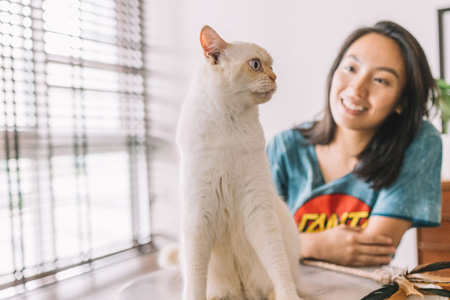
With some patience and the right reinforcement, cats can learn to do simple tricks!
This is entirely false! Cats can certainly learn to do simple tricks with some patience and the right reinforcement.
You may not realise it, but your cat is always learning. For example, if you have a feeding schedule, say at 8 am and 5 pm daily, your cat has probably learnt to anticipate this and will develop certain behaviours to communicate with you.
Training your cat is merely establishing another routine. Use your cat’s favourite treats as a positive reinforcement to reward it for behaving well. Some cats may enjoy praise and petting as a reward, so do experiment to find out what works best for yours.
To start, keep your training sessions short, at no longer than 15 mins. Always use positive reinforcement and do not punish your cat for doing the wrong thing. Punishing your pet will only confuse it and teach it to fear you. You may use a clicker to positively associate a reward with specific behaviours, but this needs to be done correctly to be effective.
Training your cat has many benefits beyond just performing tricks for your friends on social media. Training helps build a positive relationship between you and your cat and is a form of enjoyable enrichment to improve your cat’s welfare in an indoor environment.
5. My cat behaves badly as it scratches my furniture
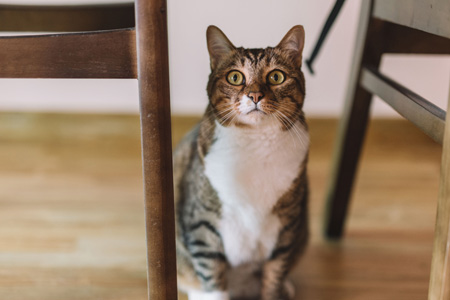
Don’t want your furniture scratched? Try to uncover your pet’s motivation for doing so, rather than punishing it.
Scratching is actually a perfectly normal and instinctive thing for cats to do. Since cats are natural-born predators, they do this to keep their claws in good condition to maintain them for hunting. They also scratch to alert other cats of their presence in the area.
If you do not want your cat to scratch as it damages your furniture, you will need to understand its motivations. Are the scratch posts you have provided adequate? Have you been scolding your cat for scratching these spots and inadvertently reinforced this behaviour by providing attention? Is your cat feeling threatened by another animal in the house?
Excessive scratching can also signify a welfare issue if your cat is acting out of anxiety. In such cases, consult a qualified behaviourist to manage the underlying cause of its anxiety.
6. Cats always land on their feet
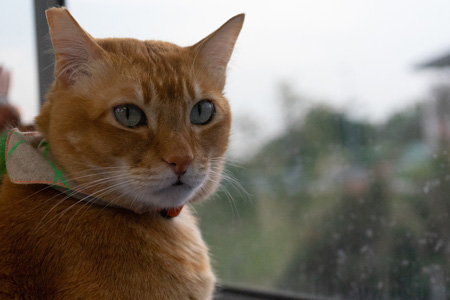
Keep your windows securely meshed or closed to keep your cat from life-threatening falls.
Sometimes, cats do land on their feet when they fall from heights, using what is known as their righting reflex, where flexible backbones enable them to twist their body around quickly during a fall. Unfortunately, this does not happen all the time.
More often than not, cats end up seriously injured or die on impact after falling from significant heights, such as an open window several stories high. If you live in an apartment, it is crucial that the windows and balconies are securely meshed or always closed, to keep your cat safe from life-threatening falls.
7. ‘Trancing’ or ‘Tonic Immobility’ in rabbits is cute
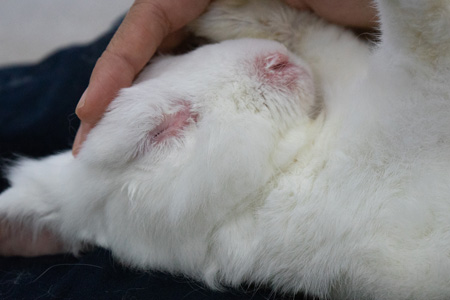
Are you holding your rabbit in the right manner? Handling it in a wrong way can cause unnecessary stress to your pet.
This behaviour is often described as ‘playing dead’ when a rabbit, usually held on its back, ‘freezes’ and may even appear to fall asleep. When this happens, the rabbit is neither relaxed nor asleep.
As a prey species, rabbits have adapted to avoid predators with various methods and ‘playing dead’ is one of them. Studies have shown that rabbits are stressed when held in this position, showing fear responses such as increased heart rate, respiratory rate and stress hormone production. So avoid handling your rabbit this way unnecessarily as it can be detrimental to its health.
8. My cat makes a mess when it goes to the toilet
Many animals intentionally keep their waste area separate from their living area to prevent the spread of germs, parasites and pathogens. Cats often bury their waste instinctively in order to stay healthy and disease-free.
Another reason for waste-burying could be to avoid detection by predators. In the wild, predators with a keen sense of smell would easily detect the odour of cat waste, and smaller and weaker cats may bury their waste to prevent this from happening. Because this is a vulnerable activity, always place your cat’s litter tray in a quiet location, where your cat can feel safe and secure while using the toilet.
A happy pet is a healthy pet. Find out how vaccination is essential to animal health, preventing diseases that are transmissible to humans and improving overall public health.
Capture your pet’s day-to-day actions like a pro. Learn how to photograph your animal companion like a pro.
If you like what you read, follow us on Facebook, Instagram and Telegram to get the latest updates.
About the writer


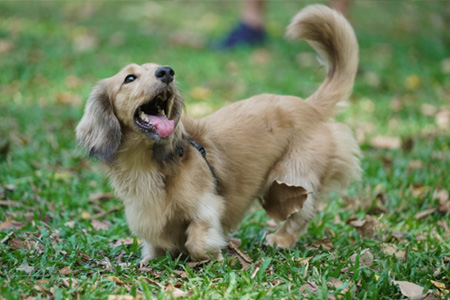
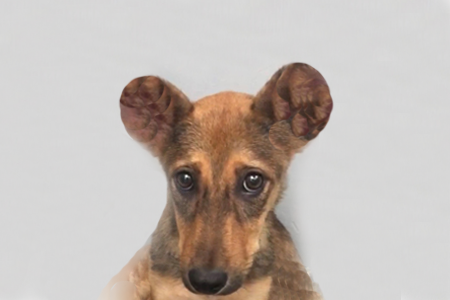



Have views or comments on this article? Let us know via this form. If you would like to give us feedback on any other areas relating to our parks and gardens, please submit via https://www.nparks.gov.sg/feedback